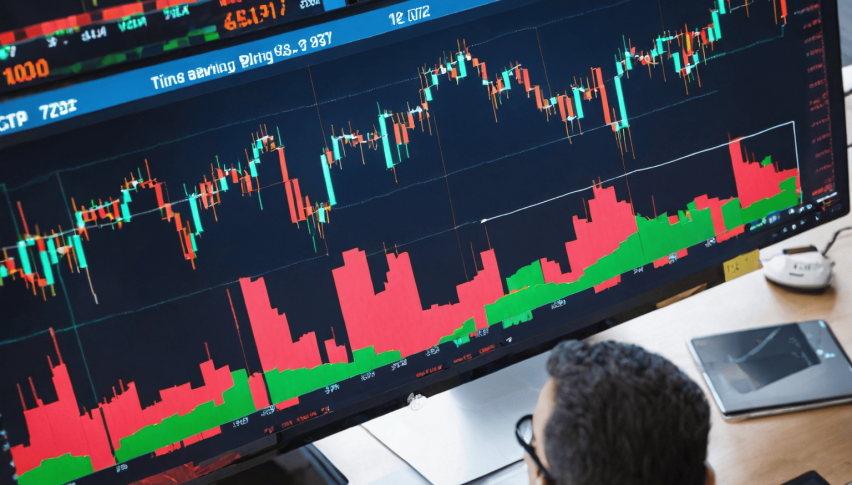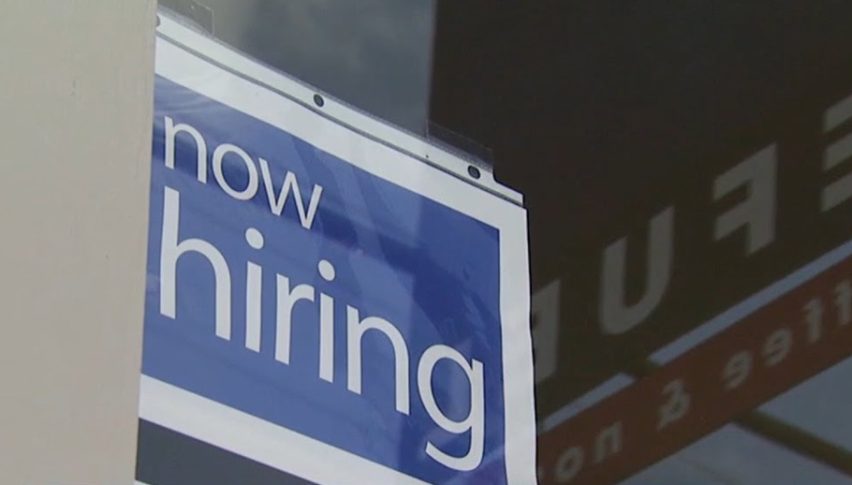Stock Markets Are in Crossroads As the Global Economy Edges Towards Stagnation
Stock markets are trying to make their mind up as global economy deteriorates, while central banks turn dovish

Global Economy in Trouble
The global economy was growing at a decent pace from 2015 onward and the growth was picking up pace. Many major central banks were offering substantial help in this economic recovery with their generous quantitative easing QE programmes. But, the global economy started taking a downturn when the US started the grade war with China at the beginning of 2018. The economic downturn started before the new batch of tariffs was introduced in June as the sentiment in financial markets deteriorated and corporations and other major investors reduced their investments.
China replied back with tariffs and the trade war precipitated from there. Stock markets had a tough year in 2018, with most major indices closing the year with considerable losses after trading on a bullish trend for about a year since 2009 when major central banks across the globe started pumping money to help their economies. Although, in the Q1 of this year, things started improving as the US and China were heading towards a trade agreement and we saw stock markets make quite a climb in the first four months.
But the trade war escalated once again after China backtracked on promises to the US about Intellectual Property theft and Forced Technology transfers to Chinese firms from foreign companies. Both sides have applied new tariffs on each-other with US having $250 billions worth of tariffs on China and threatening with another $325 billion, while China has tariffs worth $110 billion US goods. The US threatening another battle front with Mexico over immigration to the US which would make things worse and hurt the investor sentiment further, but I heard just now that a solution is found so we won’t have a new war front.

Dax is trying to make its mind whether to turn bearish or remain bullish
But, the global economy has taken another downturn in the last couple of months as the sentiment deteriorated one again and stock markets had a bearish month in May. Although last week we saw a bullish reversal, as you can see on the daily [[Dax30]] chart. The global economy has weakened considerably now and it is heading towards stagnation. The manufacturing and industrial sectors have been hit the hardest and these sectors are in stagnation and even in contraction in many major countries, most notably in China and Germany. The US economy was holding up well until the recent months, but in the last few weeks we have seen some really bad economic figures, which show that different sectors of the US economy are close to stagnation too.
This should hurt stock markets as they tend to run higher when the economy is in expansion and turn bearish when the economy is in contraction, because the profits, dividend and the value of companies decline on such periods. So, this is a rally bad timing for buyers in major indices.
Central Banks Turn Dovish
On the other hand, the central bank have now turned dovish once again. Interest rates have been really low for an extended period of time and the money has been pumped non-stop with the QE programmes, but central banks have been hiking rates in the last few years and drying up liquidity from QE programmes as the global economies were improving. But now that the global economy has dived again, all major central banks have turned dovish again. The Reserve Bank of New Zealand (RBNZ) cut interest rates last month while the Reserve Bank of Australia cut them this week, if you followed our economic calendar.
The People’s Bank of China (PBOC) has also taken easing measures, which seemed to help the economy earlier this year, but the recent figures show that the economy has started to deteriorate again. This will leave the PBOC in an easing mode. The European Central Bank (ECB) has also turned bearish again and they will introduce a new TLTRO programme, besides postponing the first rate hike that was planned for this year, indefinitely. Even the FED which was the most hawkish among major central banks have turned dovish as well now after hiking interest rates nearly 10 times in the last three years.
So, all central banks have turned dovish, which is a positive thing for stocks markets. More QE means that more cash will flow into stocks while lower interest rates will also divers investor from the bond market into the stock markets. So, we have two contradicting things going of for stock markets,on one hand, the global economy is weakening pretty fast which is a negative thing, on the other hand, central banks are turning dovish again which is a positive thing for stocks. Hence the dive in indices in May and the reversal this month. Traders are trying to make their minds up and at the moment there is a battle between buyers and sellers. It remains to be seen which side will win since this is a paradox.
- Check out our free forex signals
- Follow the top economic events on FX Leaders economic calendar
- Trade better, discover more Forex Trading Strategies
- Open a FREE Trading Account


